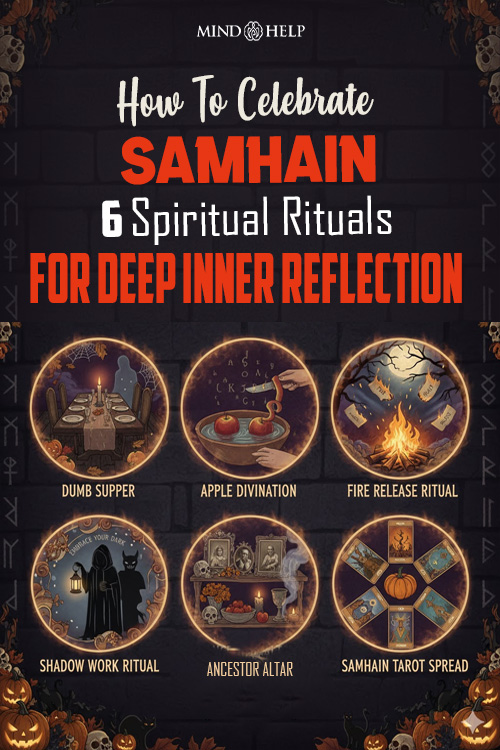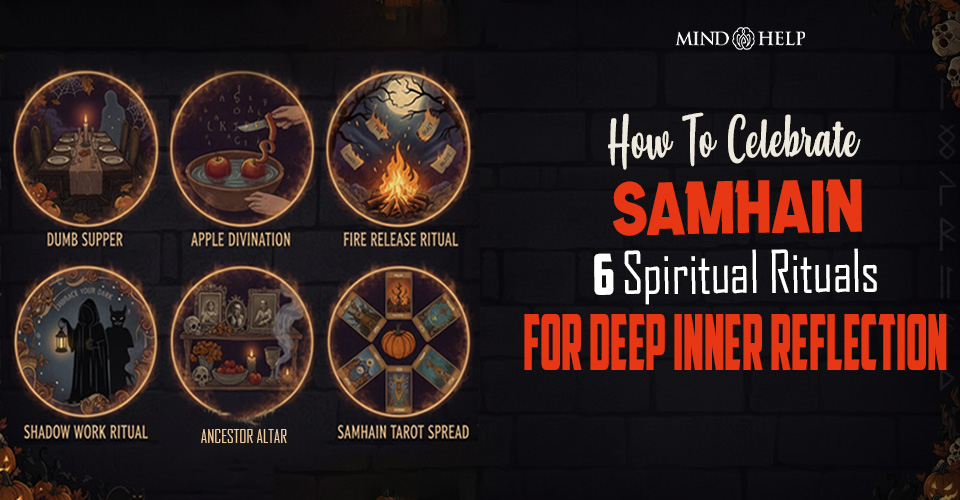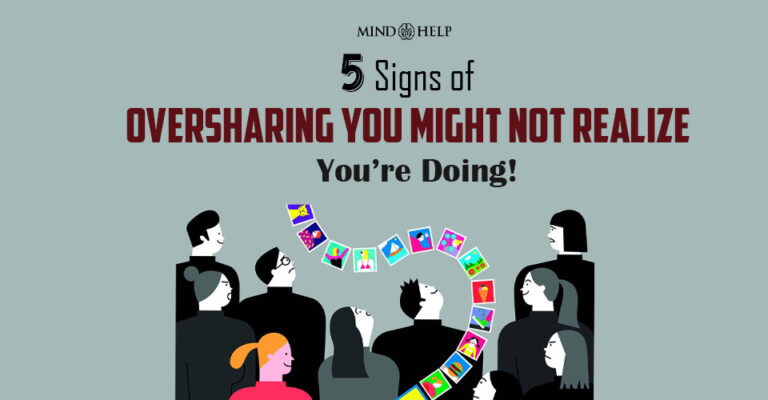As the days grow shorter and the nights longer, we enter that liminal time of year when reflection, remembrance, and renewal take center stage. Samhain — often called the Witch’s New Year — marks a period when the boundary between the physical and spiritual worlds feels thinner, encouraging us to look inward, honor our roots, and release what no longer serves us. But what is Samhain and how to celebrate Samhain? Let’s explore!
What is Samhain, and how did Samhain become Halloween?
Traditionally, Samhain was an ancient Celtic festival that celebrated the end of the harvest season and the beginning of winter. Communities would gather around bonfires, share food, and honor their ancestors, believing that the veil between worlds grew thin during this time. Over the centuries, many of these Samhain traditions blended with Christian customs, eventually evolving into what we now know as Halloween.
Today, people across the world are rediscovering this sacred time — not through magic or witchcraft necessarily, but as a spiritual and psychological practice of release, gratitude, and transformation. Whether you’re curious about how to celebrate Samhain for the first time or seeking new Samhain celebration ideas to deepen your tradition, these six meaningful rituals invite connection, peace, and mindful renewal.
How To Celebrate Samhain: 6 Spiritual Rituals For Deep Inner Reflection
1. The Dumb Supper – A Silent Meal of Remembrance
The Dumb Supper is a powerful Samhain ritual centered on reflection and gratitude. The word “dumb” simply refers to silence — participants share a quiet meal to honor those who have passed.
Set a place at your table for your ancestors or loved ones. Light a candle or offer a small glass of water in their memory. As you eat in silence, let your thoughts be a bridge — recalling lessons, love, and memories.
This ritual helps us process grief, reconnect with family lineage, and experience the comforting awareness that our connections continue beyond physical life.
2. Apple Divination – Listening to Intuition
Apples have long symbolized wisdom, life, and rebirth. In apple divination, you use this fruit as a tool to tune into your intuition. Slice an apple crosswise to reveal the star-shaped pattern inside — representing balance among the elements of nature.
Focus on a question or intention. You may drop apple peels into water or candlelight and gently interpret the shapes they form.
This mindful act isn’t about predicting the future; it’s about strengthening your intuitive awareness — a reminder that insight often comes from within, not beyond.
3. Samhain Tarot Spread – Reflecting on Life’s Transitions
Samhain is often seen as the spiritual new year, making it an ideal time for introspection. A Samhain tarot spread allows you to explore what’s ending, what’s beginning, and what lessons you carry forward.
Light a calming candle, shuffle your tarot or oracle deck, and ask reflective questions such as:
- What opportunities await me in the coming cycle?
- What should I release or protect myself from?
- What energy should I carry forward with gratitude?
A simple three-card spread for Past, Present, and Future works beautifully. This is not about fortune-telling, but about mindful awareness and spiritual grounding as you enter a new phase.
4. Shadow Work Ritual – Embracing the Hidden Self
One of the most powerful Samhain rituals is shadow work — a psychological and spiritual practice of acknowledging the parts of ourselves we often avoid.
Sit in a quiet, dimly lit space with a candle and a journal. Reflect on emotions or memories that feel unresolved. Ask yourself: What fears, patterns, or attachments am I ready to release?
Through compassionate self-inquiry, you begin integrating what was once suppressed. Shadow work helps you transform inner resistance into self-acceptance — a symbolic rebirth aligned with the energy of Samhain.
5. Fire Release Ritual – Letting Go With Intention
Fire has always played a key role in Samhain traditions. A fire release ritual allows you to symbolically burn away what no longer aligns with your growth.
Write down limiting beliefs, habits, or emotional burdens on a small piece of paper. In a safe and controlled setting, burn the paper while saying aloud (or silently):
“I release what no longer serves me. I welcome clarity, courage, and peace.”
As the smoke rises, visualize emotional weight leaving your body. This ritual represents the natural psychological process of letting go — creating space for healing and renewal.
6. Ancestor Altar – Honoring Those Who Came Before
An ancestor altar is a heartfelt way to express gratitude and connection. Choose a calm corner of your home and place candles, photos, or meaningful heirlooms. Add offerings such as bread, flowers, or cider.
Take a moment to speak their names, thank them for their guidance, and reflect on the legacy of resilience they left behind.
This act isn’t about summoning spirits; it’s about psychological grounding — acknowledging your place in a lineage and drawing strength from it as you move forward.
Closing Reflections
Samhain teaches us that endings are never final — they’re transitions. It’s a time for stillness, remembrance, and rebirth. Whether you practice a dumb supper, fire release ritual, or simply light a candle in quiet gratitude, know that each act of mindfulness helps you realign with your higher self.
So, how do I celebrate Samhain? You celebrate it by remembering, releasing, and renewing — within and without.
Happy Samhain, and may this season bring you peace, reflection, and emotional clarity. Have a Blessed Samhain!








